
By Kingsley Webora TANKEH
The Secretary of the Ghana Real Estate Developers Association (GREDA), Samuel Amegayibor, has expressed concern over the reluctance of cement producers in the country to reduce prices, despite the cedi’s sustained appreciation on the foreign exchange market since mid-2025.
He noted that the continued high prices are putting pressure on developers and prospective homeowners, as the cost of construction remains elevated despite improved currency stability.
Speaking to the B&FT, Mr. Amegayibor said: “Cement producers are too greedy and not fair to the system,” citing the impact of cedi gains on their business, which he said is “indexed to the dollar”.
“Let’s say a real estate developer had indexed the price of a property at US$100,000 when the exchange rate was around GH¢16 or GH¢17 to the dollar,” he explained. “Today, with the rate at about GH¢12 to the dollar, the cedi equivalent of what the developer receives is much lower – yet the prices of key building materials remain high.”
He indicated that a chunk of this high cost is passed down to customers, impacting home ownership and sending rent prices off the roof. Mr. Amegayibor attributed the ever-widening housing deficit to high cost of building materials, emphasising that people are no longer able to purchase homes for themselves.
“Today, I asked one developer and he said this year it has been extremely slow for them,” he narrated.
He therefore urged cement manufacturers to be “sincere with themselves and fair to the system” adding that “when you came to us during difficult times, we understood and accepted the situation. Now that there are gains, we expect you to do the right thing”.
Several attempts to reach the President of the Cement Manufacturers Association of Ghana (CMAG), Dr. George Dawson-Amoah, for comment proved unsuccessful, as he declined to respond to calls regarding the high cost of cement.
The country’s housing deficit is hovering at around 2 million residential units, the sub-region’s highest. High cost of cement is a major factor contributing to homelessness and spiralling slums predominantly made of wooden structures in urban areas, endangering lives and property.
He cautioned that as prices continue to soar, projects will take much longer to complete and cost significantly more; ultimately affecting the number of houses that can be finished and made available for occupancy.
According to the Ghana Statistical Service (GSS) Statsbank, there were 11,984 uncompleted buildings at the lintel level with improvised roofs; 21,571 buildings at roofing level with improvised roofs; 104,632 buildings partially roofed and 710,649 roofed but uncompleted buildings across the country in 2023.
These figures speak to the alarming impact of high building materials cost on the country’s infrastructural development and standard of living.
However, since mid-2025 – when the cedi staged an appreciation bout against the dollar – prices of building materials including iron rods, security doors and plumbing materials have since dropped to reflect the gains. However, cement prices have remained high and even increased at some point, despite the gains.
Cement producers continue to shrug aside calls that cement prices must be adjusted downward to reflect the gains. Ghacem’s 42.5 R cement continues to sell at GH¢118 and GH¢120 at retail shops in Accra, while Supacem and Dangote are sold at 110. CIMAF and Empire are also selling at GH¢100.
Checks reveal that there has never been a time in history when cement prices in Ghana were adjusted downward – yet cement has remained one of the most sensitive commodities to foreign exchange fluctuations, often reacting swiftly to even minor depreciations of the cedi. Producers have typically attributed price hikes to the cost of importing clinker.
The price of cement rose from GH¢8.50 in 2008 to about GH¢20 in 2013 and has continued to climb steadily over the years. In June 2024, the price of a 42.5R bag of cement surged to between GH¢110 and GH¢118 following an 18.6 percent depreciation of the cedi.
Similarly, in March 2025 prices increased by GH¢9 per bag across the board due to a marginal rise in port tariffs for manufacturers.
Now, however, with the cedi having strengthened by about 21 percent year to date – currently trading at around GH¢11.71 to the US dollar – questions are being raised about why cement prices remain stubbornly high.
To curb arbitrary, disproportionate and “greed-induced” pricing, a Legislative Instrument (L.I. 2480) was passed on 23 November 2023 to regulate cement production and promote transparency in pricing. The regulation mandates manufacturers to disclose their ex-factory prices to enable effective oversight of wholesale and retail price margins.
Moreover, Supacem and Ghacem -the country’s two largest cement manufacturers – have both adopted the Limestone Calcined Clay Cement (LC3) technology, a viable clinker substitute that uses locally sourced raw materials to produce cementitious material. The innovation is designed to reduce reliance on imported clinker and lower production costs. However, its adoption has yet to result in any reduction of cement prices.
Checks further reveal that Heidelberg Materials, which holds a 93.1 percent stake in Ghacem, also owns 50 percent of Continental Blue Investment S.A. (CBI), producers of Supacem – an acquisition completed in 2022. This has raised questions about whether Heidelberg’s control over both major producers has created a monopoly that undermines transparency in cement pricing across the country.
According to developers, the persistent high prices appear to be driven more by “greed” than actual production or import costs, casting doubt on the existing regulatory framework’s effectiveness.
The post High cement prices deepen housing crisis appeared first on The Business & Financial Times.
Read Full Story
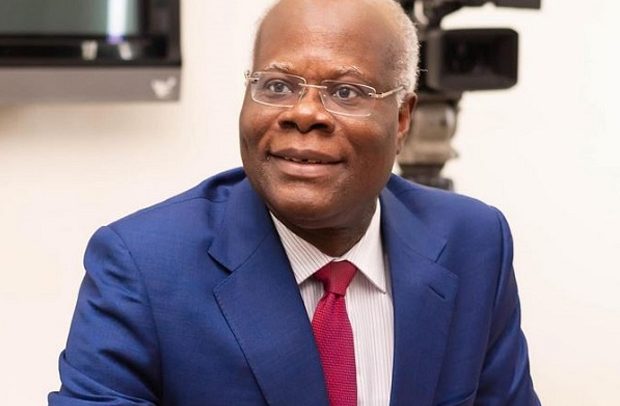
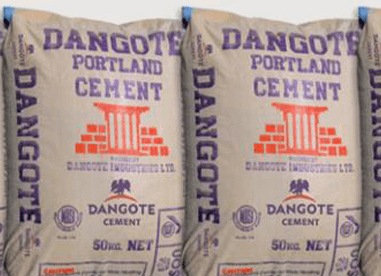
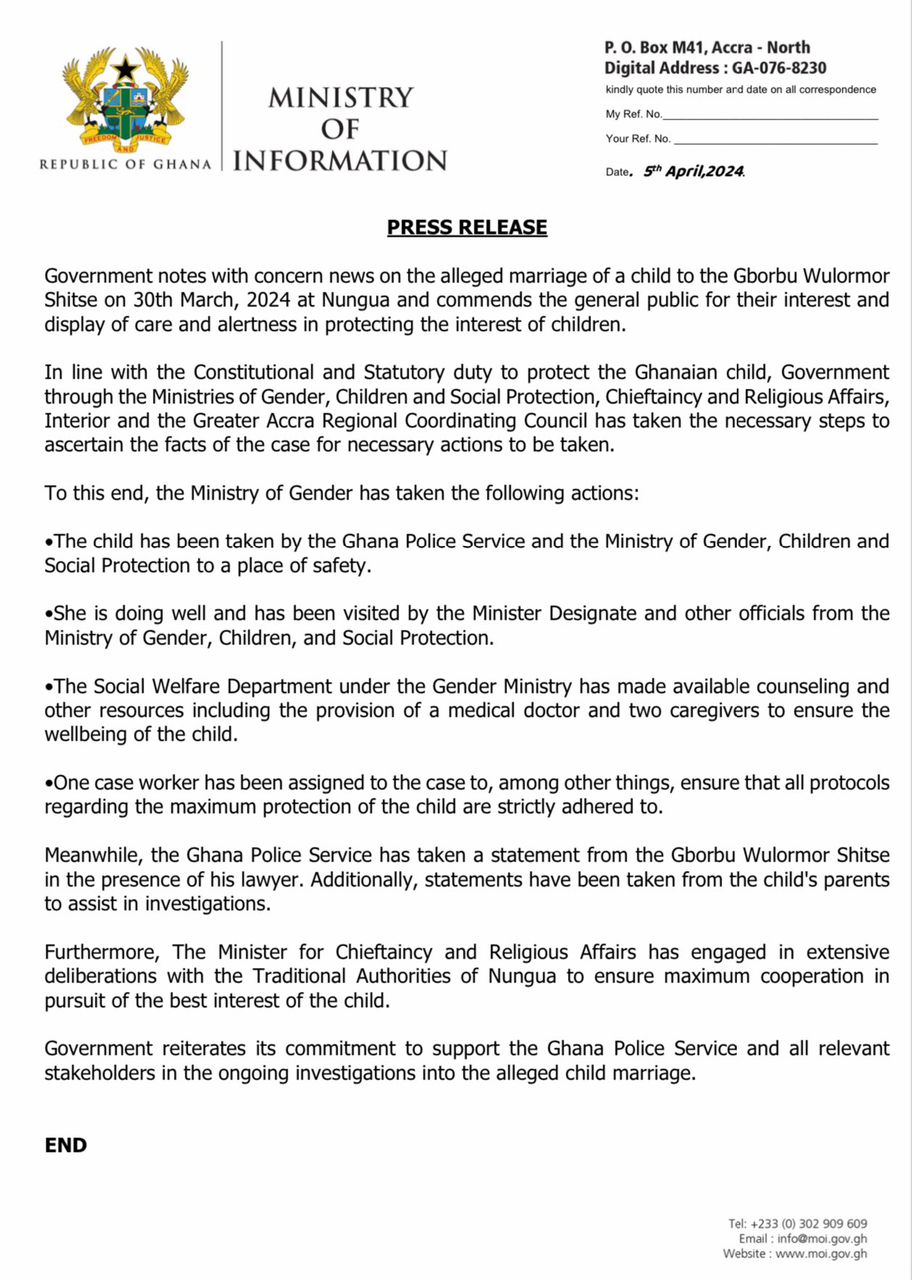




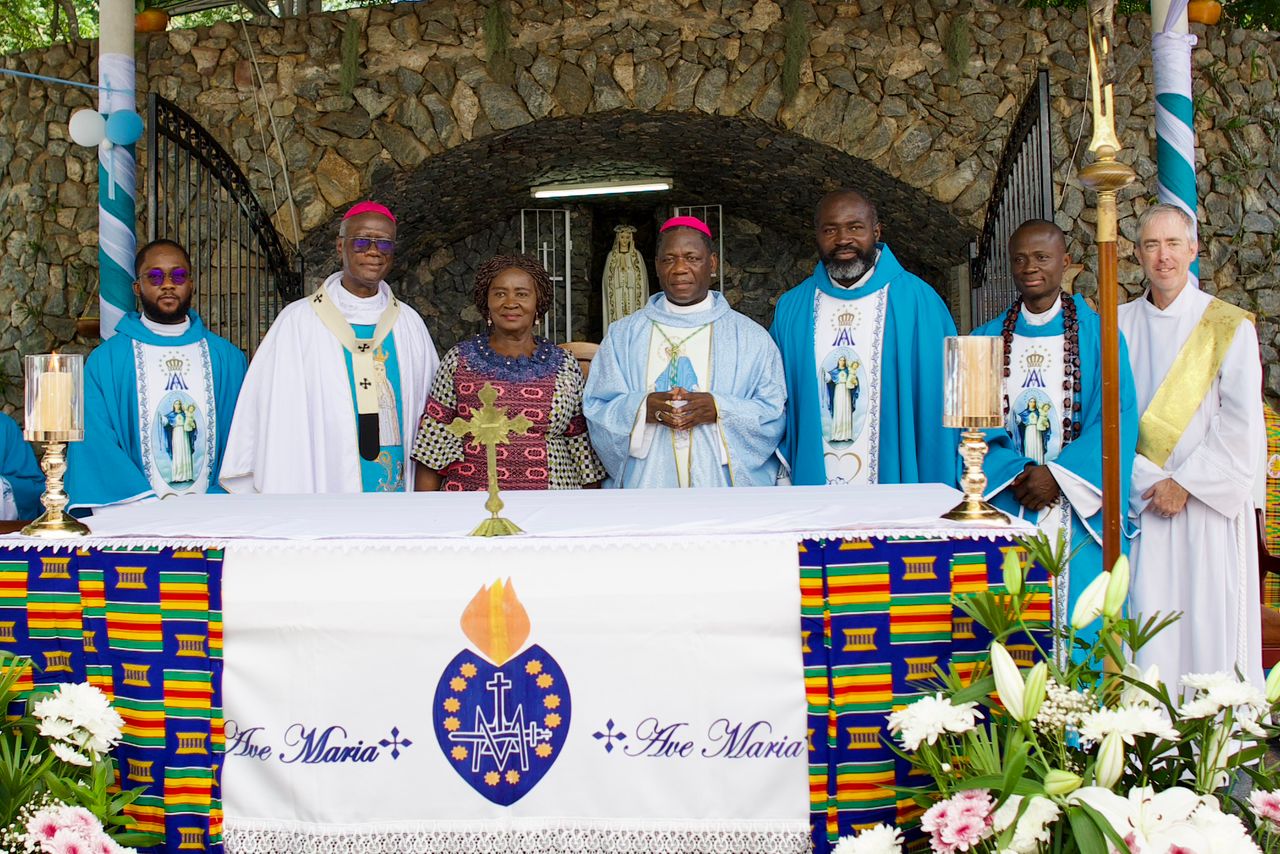



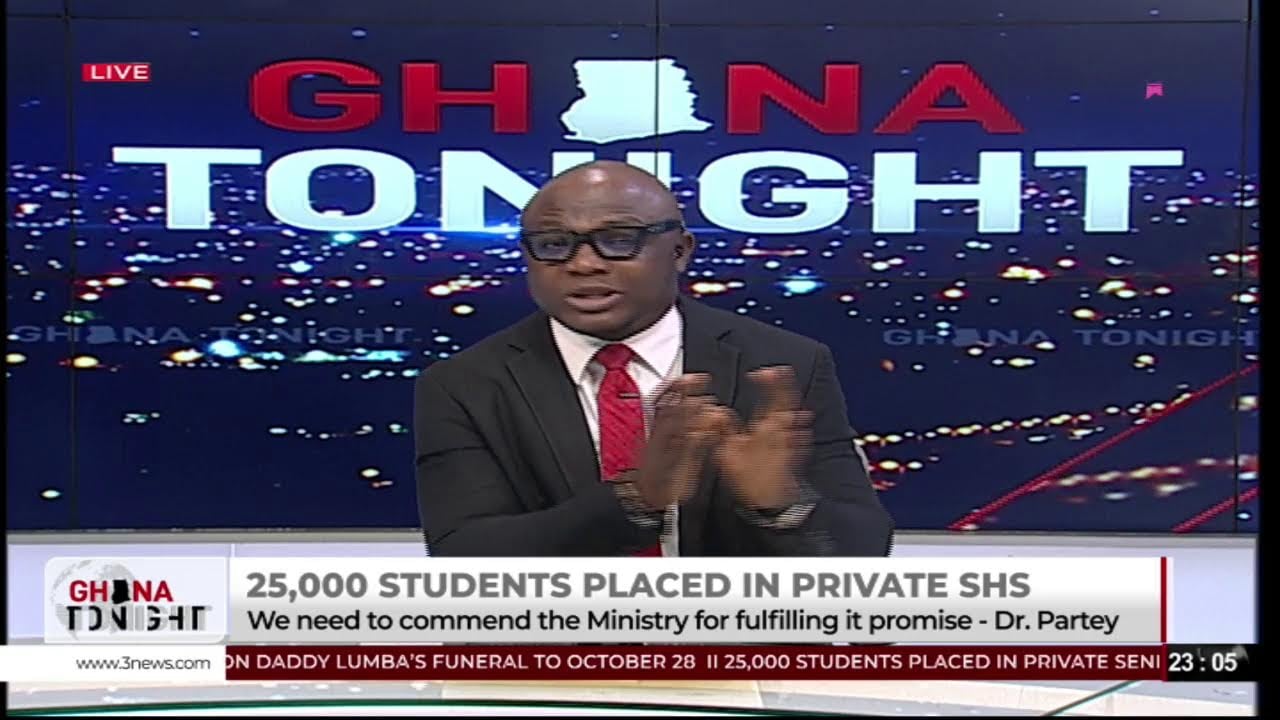

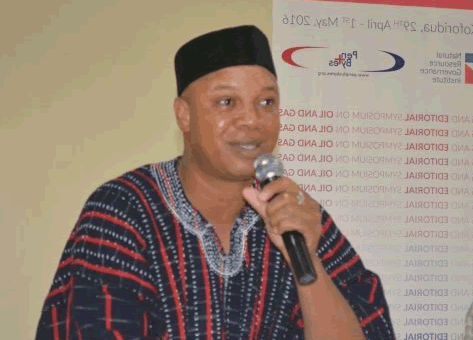


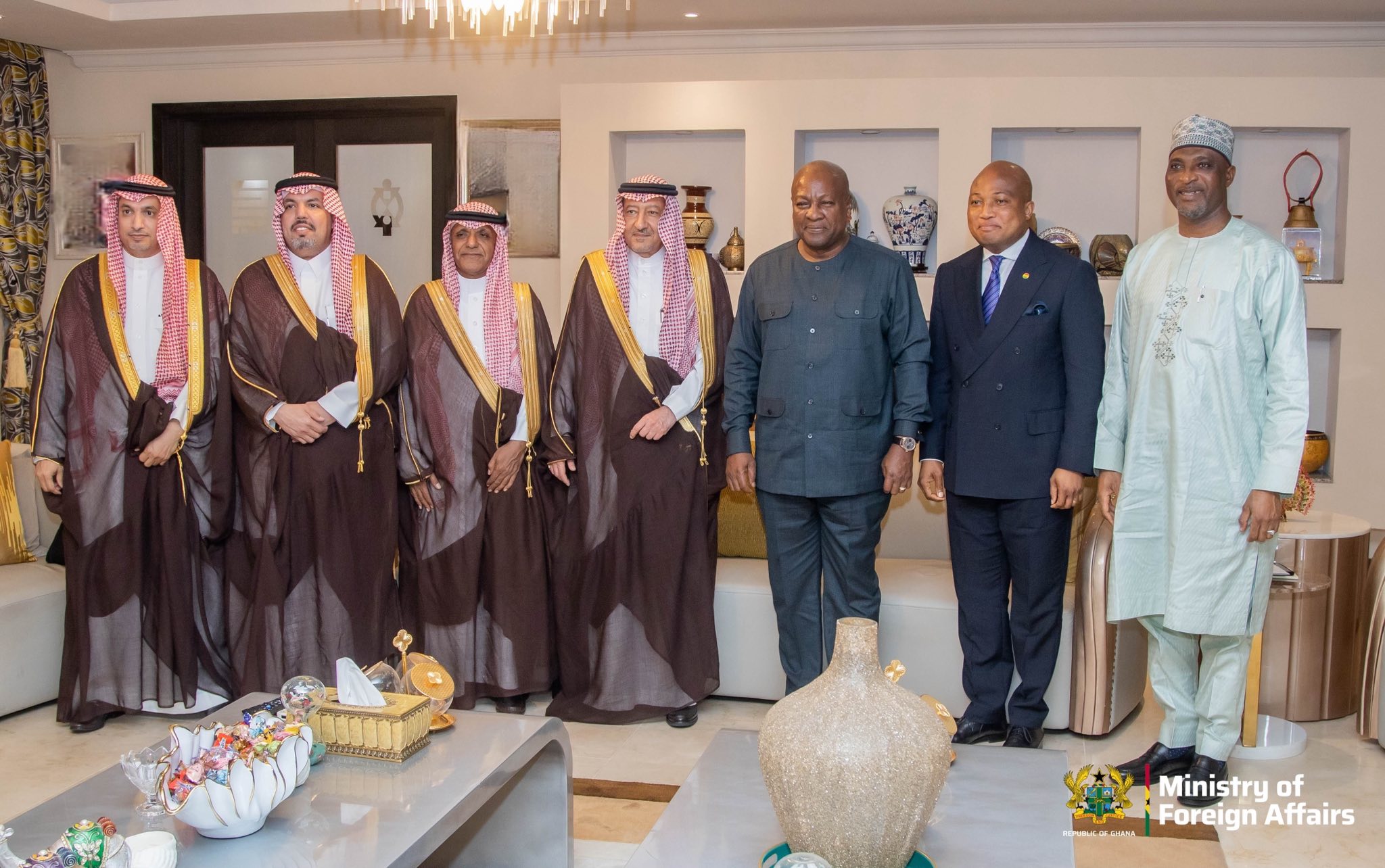


Facebook
Twitter
Pinterest
Instagram
Google+
YouTube
LinkedIn
RSS